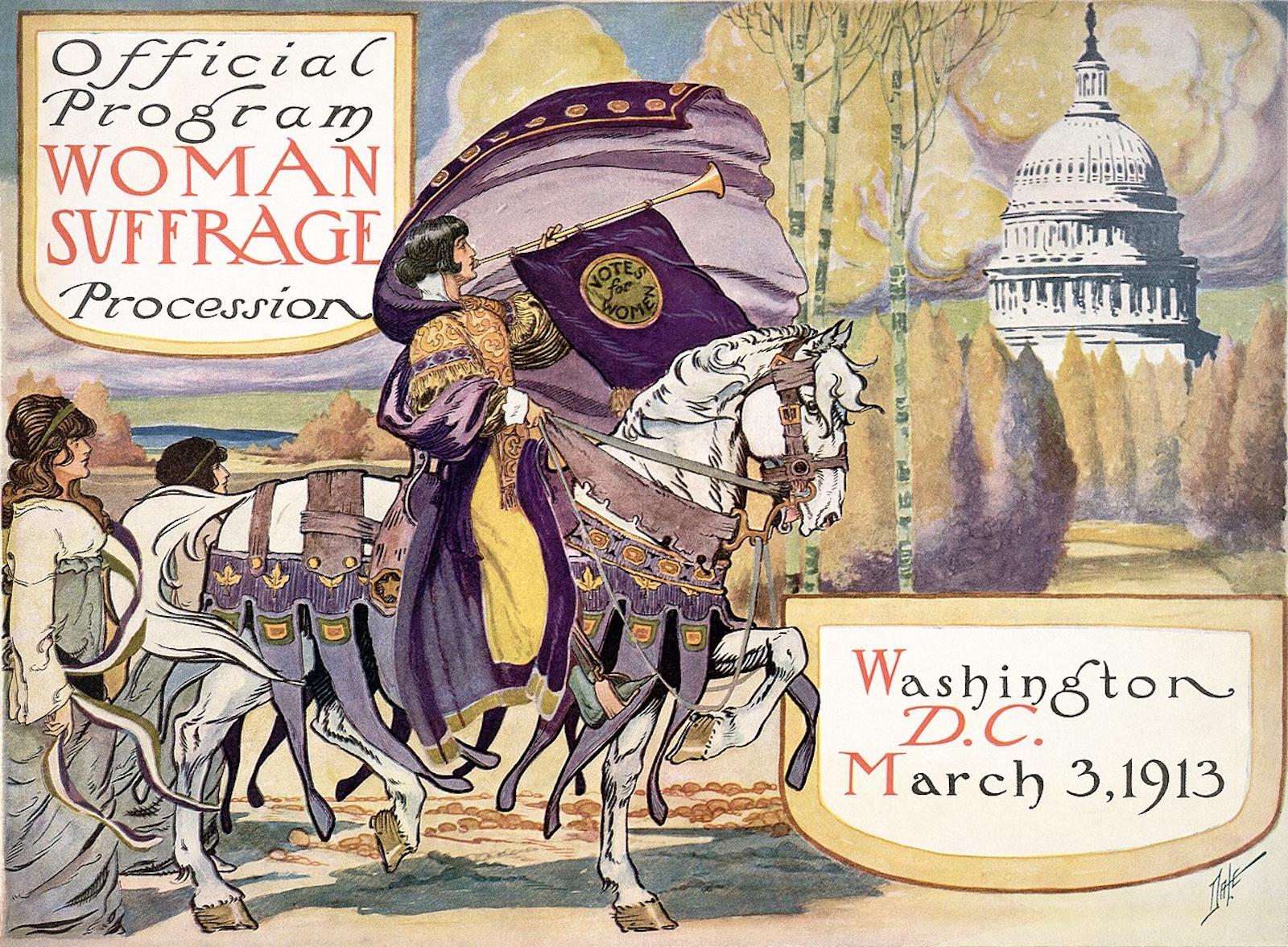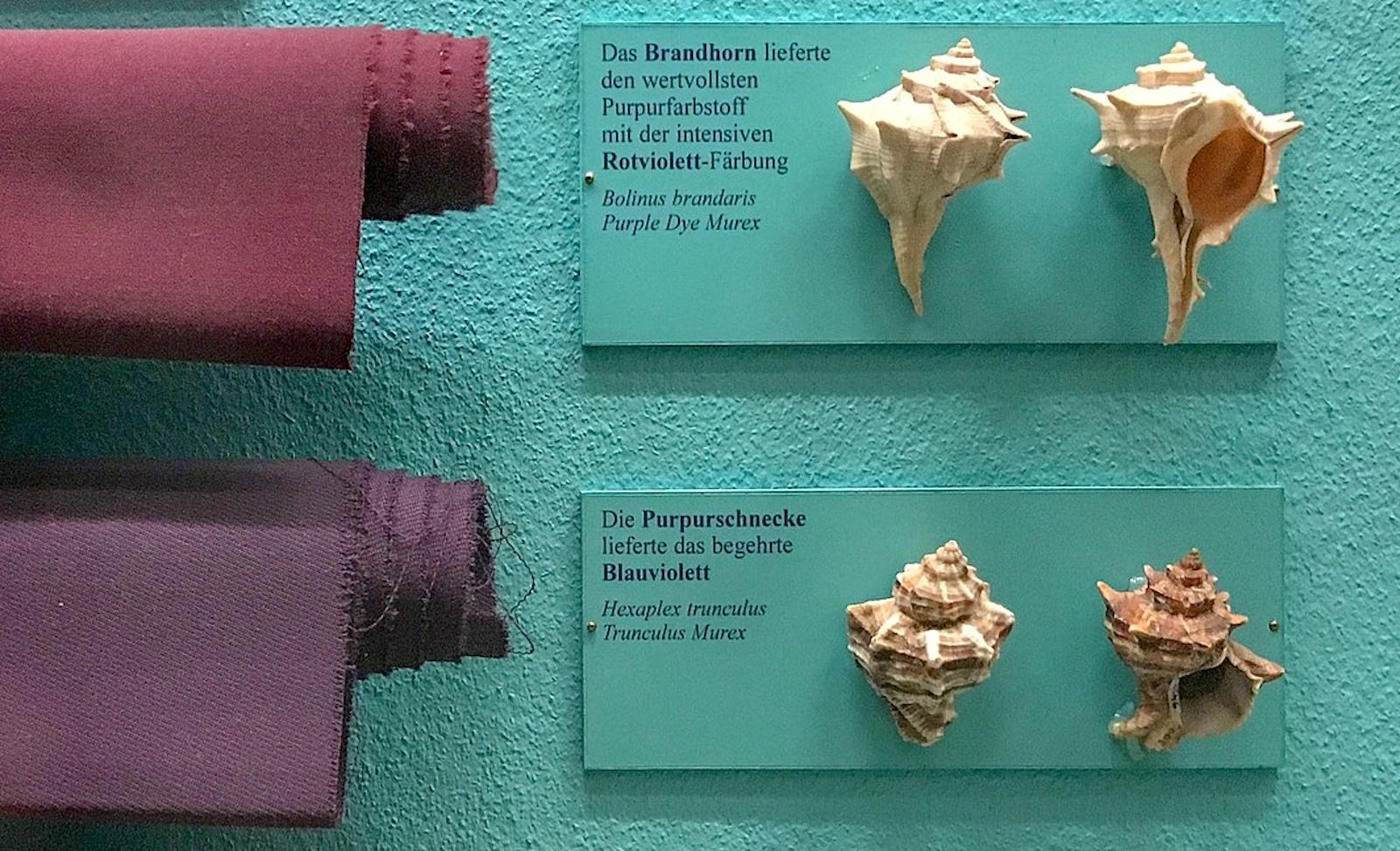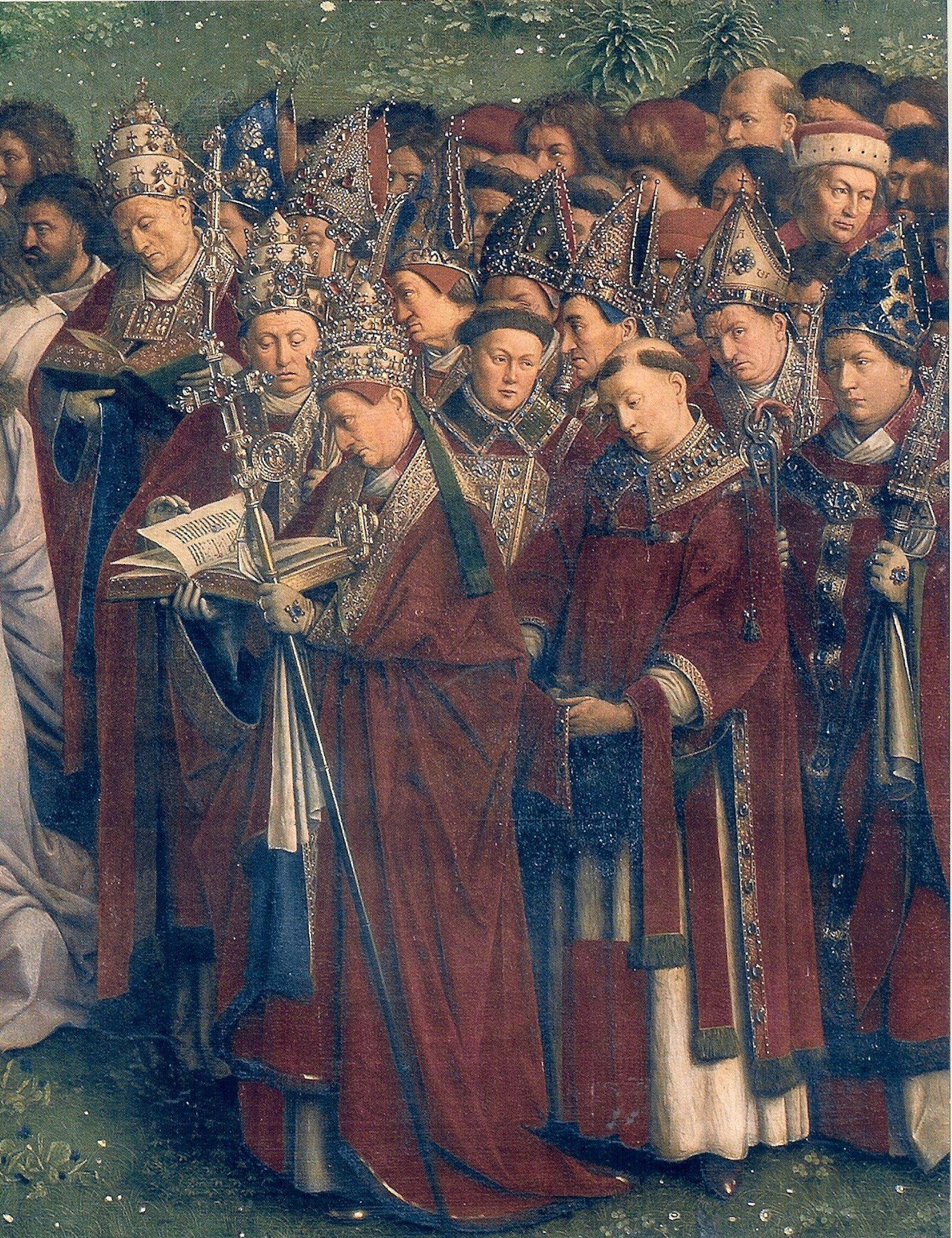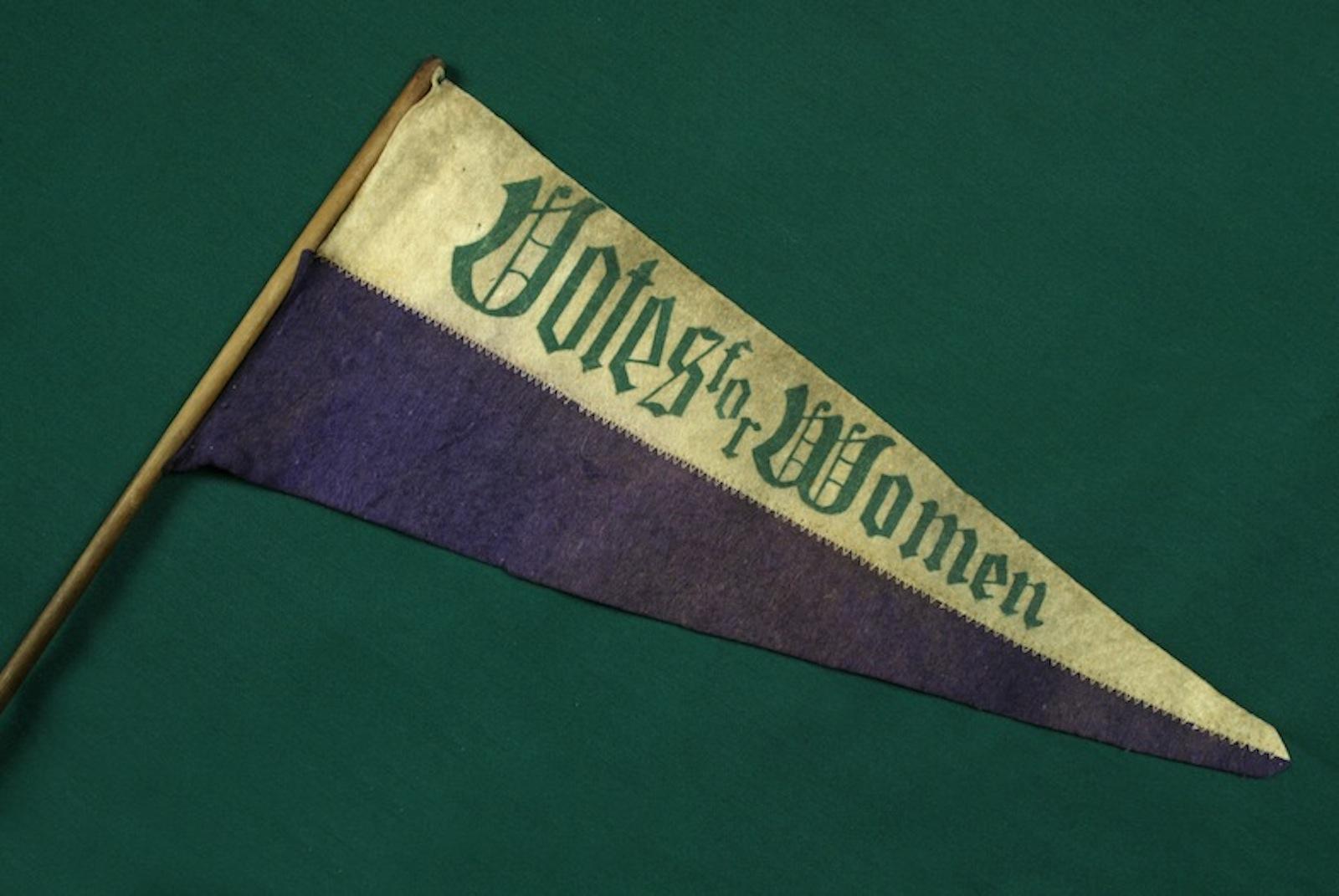The tint would then be applied to wool, washed, boiled, and set out to dry on the sea banks of Tyre where the color is given the opportunity to oxidize. From this process, human civilization was gifted with something that quickly took on the title, Tyrian purple known for its ability to remain vibrant even after many washings.

Benjamin Moran Dale, Cover of program for the National American Women's Suffrage Association procession, 1913. Rare Book and Special Collections Division, DC.
If you have a bent for the occasional musical throwback, you may wonder why Prince wouldn't sing about “Red Rain.” At least the aforementioned title could boast an alliterative appeal. Alas, the fascination with purple has existed for centuries before it filled our musical and literary spaces in the eighties.
Purpura, more widely recognized by English and American citizens as purple, was incredibly taxing to produce before the creation of chemical dyes. Extracted from very specific Mediterranean shellfish known as buccinum and purpura, droplets from approximately 250,000 of these sea snails would result in roughly one ounce of dye.

Purple-dyed fabrics with their corresponding sea snails. Museum of Natural History in Vienna.

Cecil Beaton, detail of Coronation Portrait, Queen Elizabeth II and Prince Philip, Duke of Edinburgh, June 1953. London, England.
A common historical misconception of this famous secondary color is the exclusivity that it held—and possibly still holds. Many believed, and contend to this day, that purple was exclusively for Imperial use.
This notion leads one to envision that only royalty can walk around cloaked in purple gear. Interestingly enough, regular citizens were allowed to dress in imitations of the tint as long as it strayed from matching that of the royals.
With that being said, many rulers declared only the highest grades of purple could be worn by Imperial power and their court. Cyrus, the king who ruled over the Persian Empire is one of many who did not fancy the idea of all colors being free and accessible to everyone. He donned an official costume of Persian royalty with a white-striped, purple tunic as his Imperial symbol (specifically, one that was to be unshared). By 360 BCE, the extremely prized hue became the center of an enduring admiration.
During the Byzantine Empire, purple was so fervently admired that rulers would describe their own children as porphyrogenitus or “born in the purple.” This era had such a lasting impact on the color that it gave rise to a specific shade dubbed Byzantium purple.

Emperor Justinian I of the Byzantine Empire, 6th Century. Mosaic. Basilica of San Vitale, Italy.
Around nineteen BCE, the ruler Augustus commissioned a literary work to show praise to the Roman Empire. Virgil’s Aeneid exclusively features purple linen to dress heroes and kings —implicitly linking the shade to nobility and military costume. Meanwhile, Ovid’s Metamorphoses takes a much more religious approach, noting that God would sit on a throne adorned with purple garments. It is, in fact, impossible to skim through the Bible without stumbling upon color. Excluding gold, silver, and white (which make many expected cameos throughout the sacred text), red, blue, and purple could nearly tie for the number of times they are mentioned in the Bible. But purple prevails as the pigment often synonymous with divinity or heavenly grace.

Jan van Eyck, detail of The Ghent Altarpiece, 1432. Oil on panel. Saint Bavo Cathedral, Belgium.
In spiritualism, the color is often linked to transformation, luck, charm, clairvoyance, and mysticism. The lighter purples more closely connect to devotion and the darker purples to knowledge and clarity. Lavender, due to the appearance alone of the soft purple hue, is often associated with all things tranquil, pure, and feminine.

Votes for Women pennant, C. 1900. The Children's Museum of Indianapolis, Indiana.
Given that certain shades of purple can be attributed to femininity, the Women’s Liberation Movement equipped the shade as their representative pigment which comes as no surprise, given the international recognition of purple to symbolize women. This even dates back to sixth-century Rome where the ruler, regarded as Justinian, was the first to loosen up on restrictions of color and specifically permitted women to wear all silk, high-quality purple garments.
Without requiring the help of royal status, eighties pop culture, or even Pantone’s 2018 pick for color of the year, purple manages to reign supreme today. And, that is not to throw shade on the other colors of the spectrum.




























